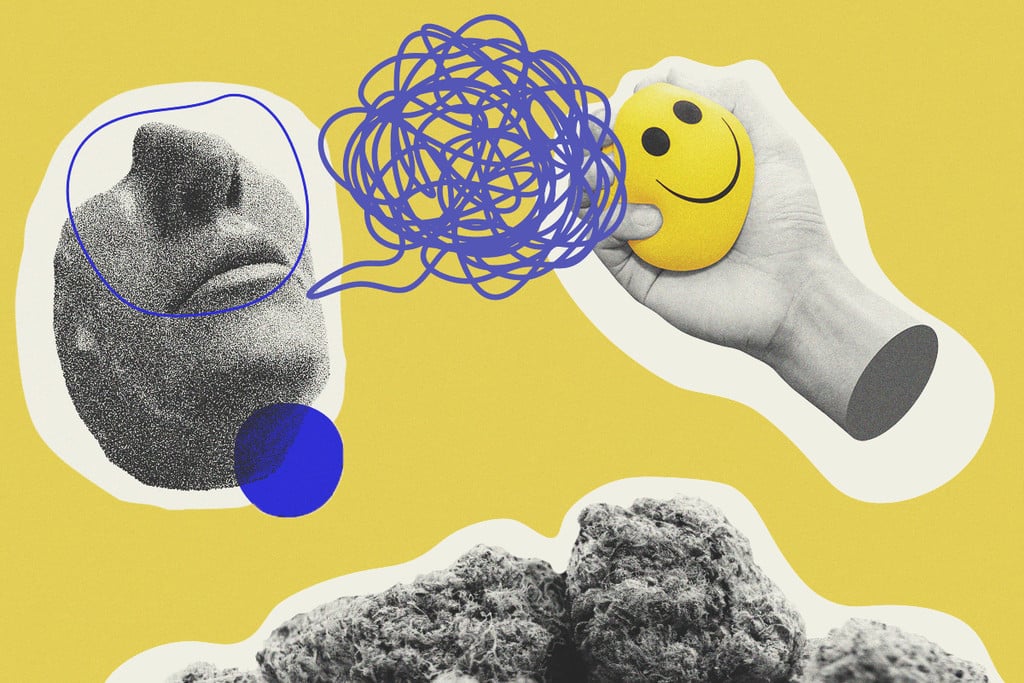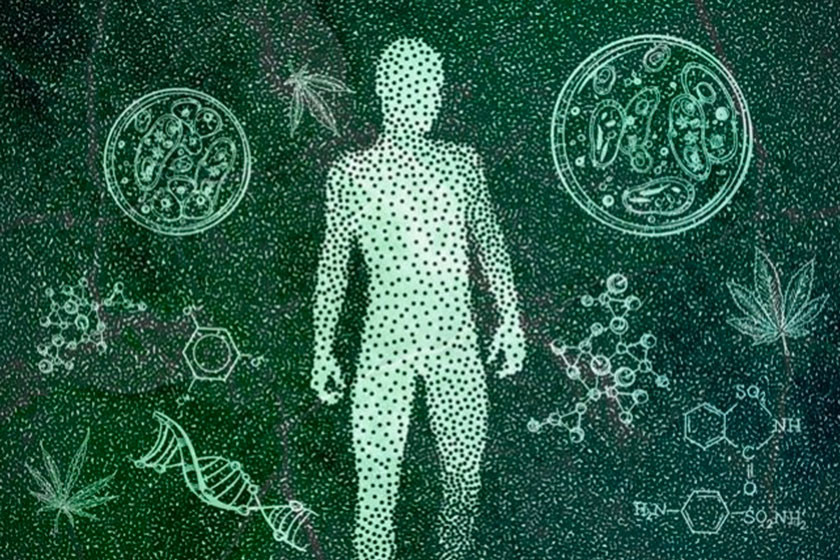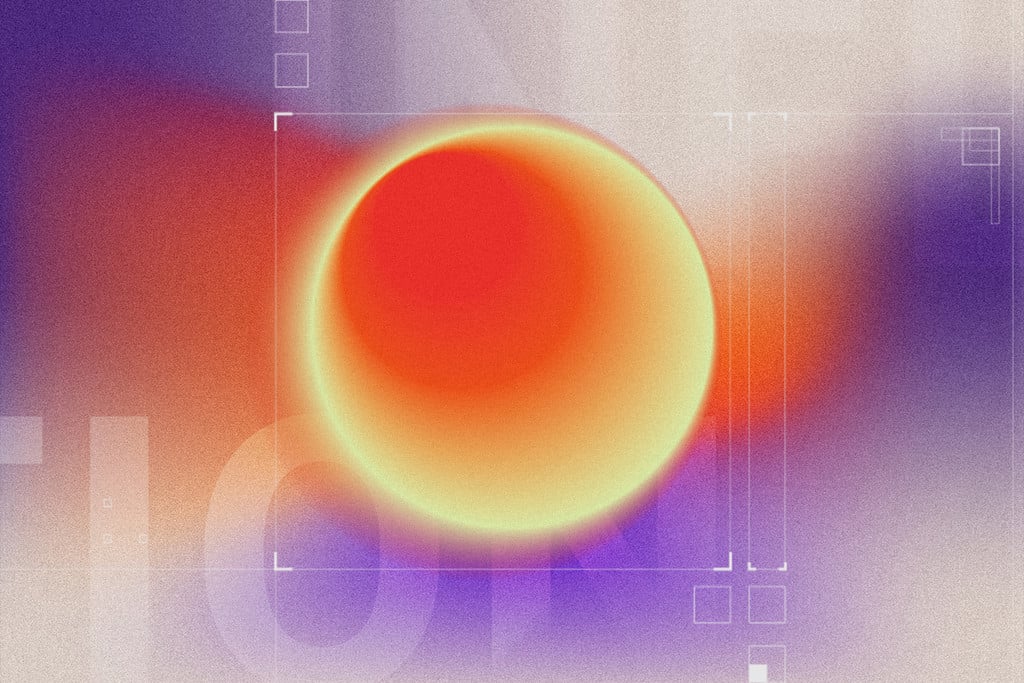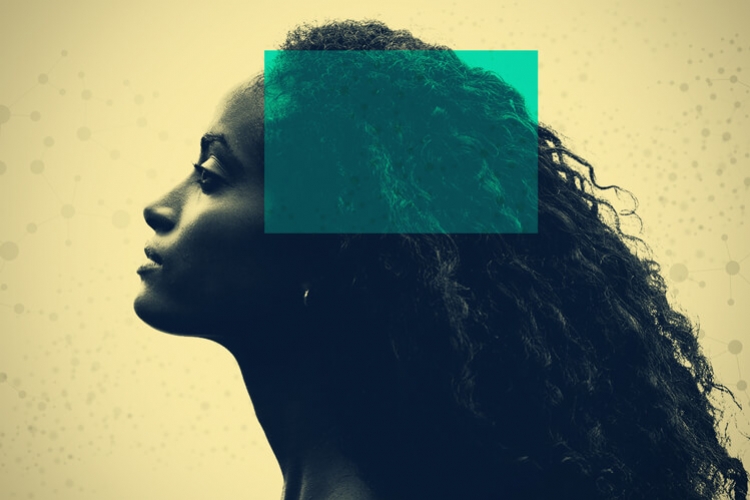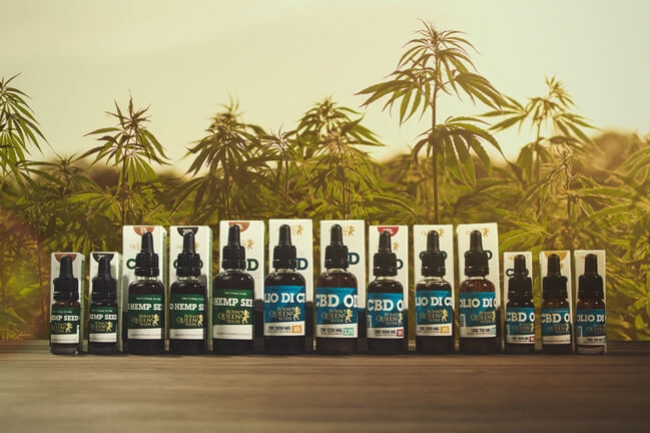.
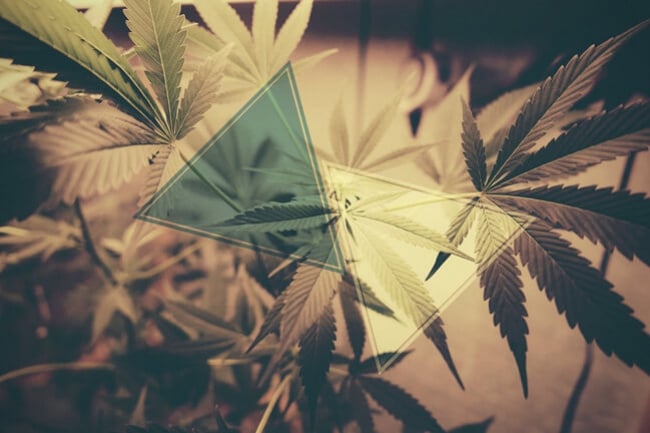
Does CBD Counteract THC's Psychoactive Effect?
THC and CBD are the two most common cannabinoids, and they share a nuanced and special relationship. Read on to discover if CBD helps to minimise the negative effects of THC, and find out which CBD:THC ratio is best for you.
Can CBD tame THC’s psychoactive effect?
Contents:
The cannabis plant produces hundreds of different phytochemicals belonging to several families—cannabinoids, terpenes, flavonoids, and others. Among these, the cannabinoids THC and CBD stand out as the most sought-after chemicals.
All these cannabis constituents have their own purposes, but their effects tend to be more profound when combined. This chemical synergy is known as the entourage effect. According to this theory, not only do cannabinoids like THC and CBD synergise, but terpenes and other compounds as well. When it comes to our star cannabinoids, can CBD counteract or tame the psychoactive effect of THC? Find out below.
CBD vs THC
CBD and THC are the two most common cannabinoids encountered in modern cultivars. Although both produce beneficial effects, they feature a stark difference—THC is psychoactive, whereas CBD is not.
THC underpins the high produced by the cannabis plant. The molecule induces the often euphoric, enjoyable, and relaxing effects associated with smoking, eating, or vaping cannabis. However, THC can also pack some undesirable effects, giving rise to paranoia and even panic in inexperienced or unprepared users.
The secret behind these effects? THC binds to CB1 receptors of the endocannabinoid system like a key fits into a lock. These sites exist throughout the central nervous system; once activated, a series of chemical changes occur that give rise to an altered state of consciousness.
Researchers are just beginning to understand how CBD works in the body. Like THC, CBD also interacts with the endocannabinoid system. However, it does so in a different manner. The molecule doesn't bind to cannabinoid receptors with much affinity. The fact that it doesn’t latch onto the CB1 receptor explains why CBD doesn't produce a psychoactive effect.
Instead, CBD raises levels of endocannabinoids—including anandamide (often dubbed the "bliss molecule")—that bind to native cannabinoid receptors. CBD also targets serotonin, TRPV1, GPR55, and PPAR receptors to produce its effects.
Researchers are looking at how CBD influences these receptors and testing the cannabinoid to see its impact on feelings of nervousness[1] and pressure, sensitive skin[2], and sore muscles[3].
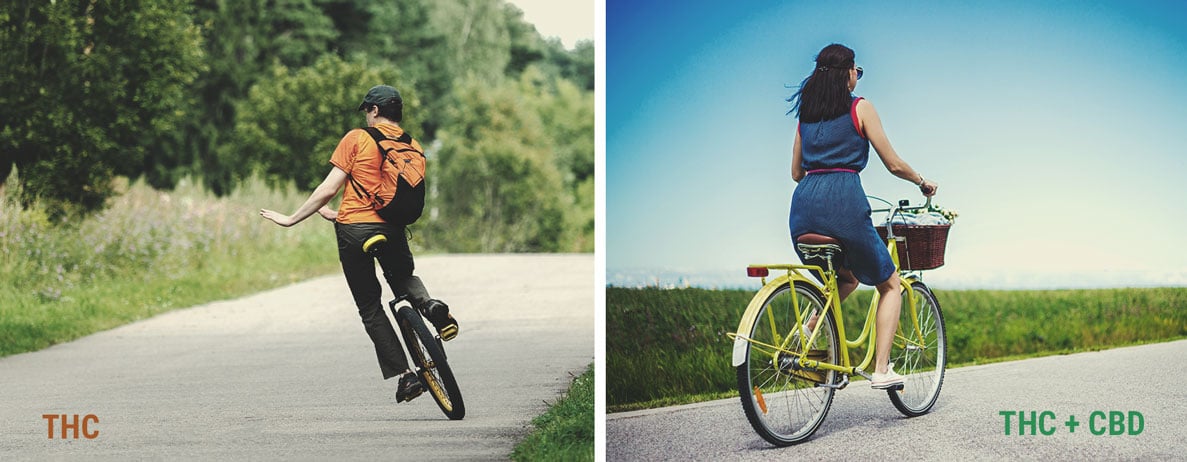
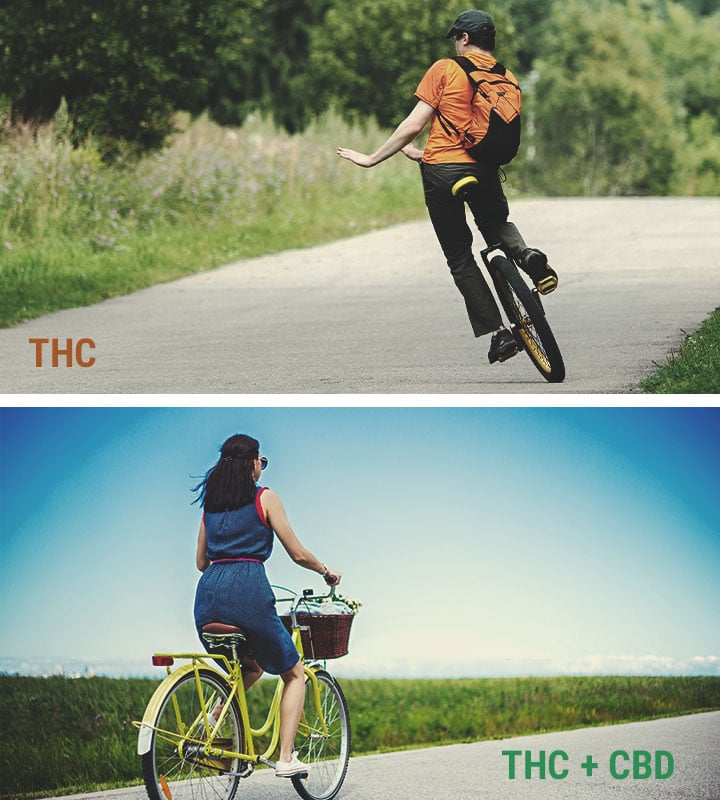
Mixing CBD With THC
Cannabis scientists are still trying to determine the complex interplay between CBD and THC. Early investigations point to a synergy between these compounds, and many cannabis users report beneficial subjective experiences. In particular, smokers tend to find that adding CBD into the mix helps to take the edge off the THC, making the experience more pleasant and easier to handle. How does CBD achieve this? Early research suggests the cannabinoid acts as a negative allosteric modulator[4] of the CB1 receptor, meaning it blocks a degree of THC’s activity at this site. Therefore, it stands to reason that using THC and CBD in conjunction could help many individuals strike a much-needed balance with their cannabis use.
If you find you're extra-sensitive to THC, try a CBD-rich strain with much lower levels of THC. You'll still experience the effects of both cannabinoids, just with less of a high.
You can also try combining CBD oils with smoking and vaping. Inhale some THC-rich weed and keep a bottle of CBD oil nearby to modulate the high as you go. If the effects become too much, place a few drops under the tongue and wait for it to be absorbed.
Likewise, take several drops before your smoke to buffer against the psychoactive effects before they take hold. Taking CBD in this manner will enable you to dose accurately and readily.
Are There Benefits to Using CBD and THC Together?
Though research is in its infancy, there has been some study into the potential synergy between these two cannabinoids. One effort dates back to 2012, when researchers from several different institutions across the UK and Switzerland set out to see if CBD could offset the paranoia and memory impairment[5] induced by THC in human subjects.
As cannabis continues to undergo scientific scrutiny, various researchers and institutions are keen to explore if CBD and THC can provide improved outcomes when used in combination. For instance, a multicentre randomised trial[6] assessed the efficacy of THC extract vs a THC:CBD extract in patients with cancer-related pain. Such studies represent some of the earliest human trials in this area. As the research progresses, scientists will look to identify the implications of different quantities of each cannabinoid, and also to determine the potential role of adding select terpenes to the mix.
CBD:THC Ratio
The CBD:THC ratio of a cannabis extract, product, or strain is a fairly good indicator of its effects. A ratio with a higher level of CBD will provide a more clear-headed effect, whereas higher THC values will boost psychoactivity.
Check out some of the common ratios seen in extracts and cultivars below. These values will give you a good idea of how CBD can counteract the effects of THC, and which products will suit your lifestyle the best.
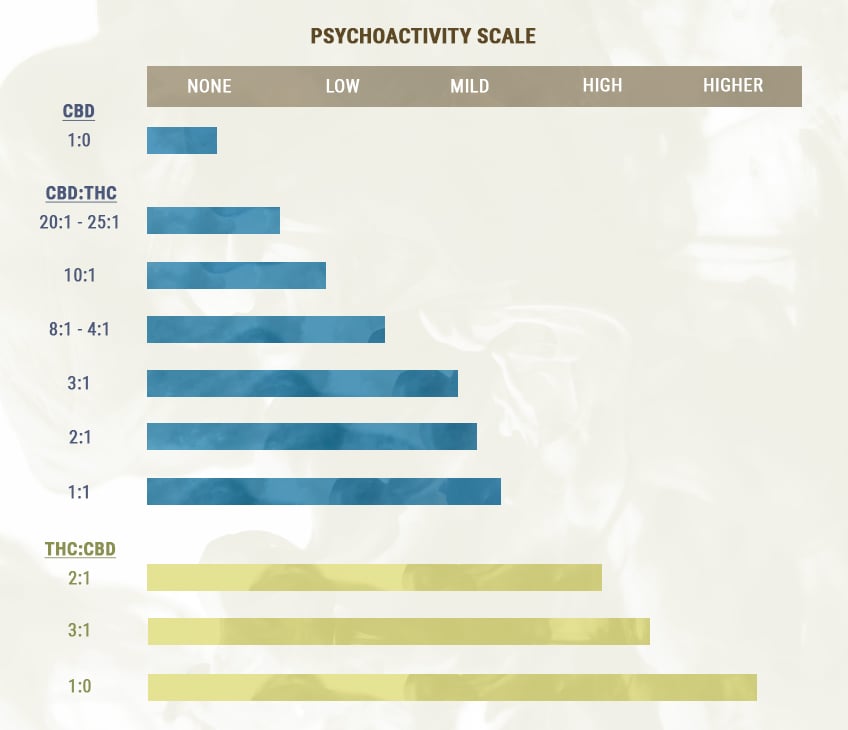
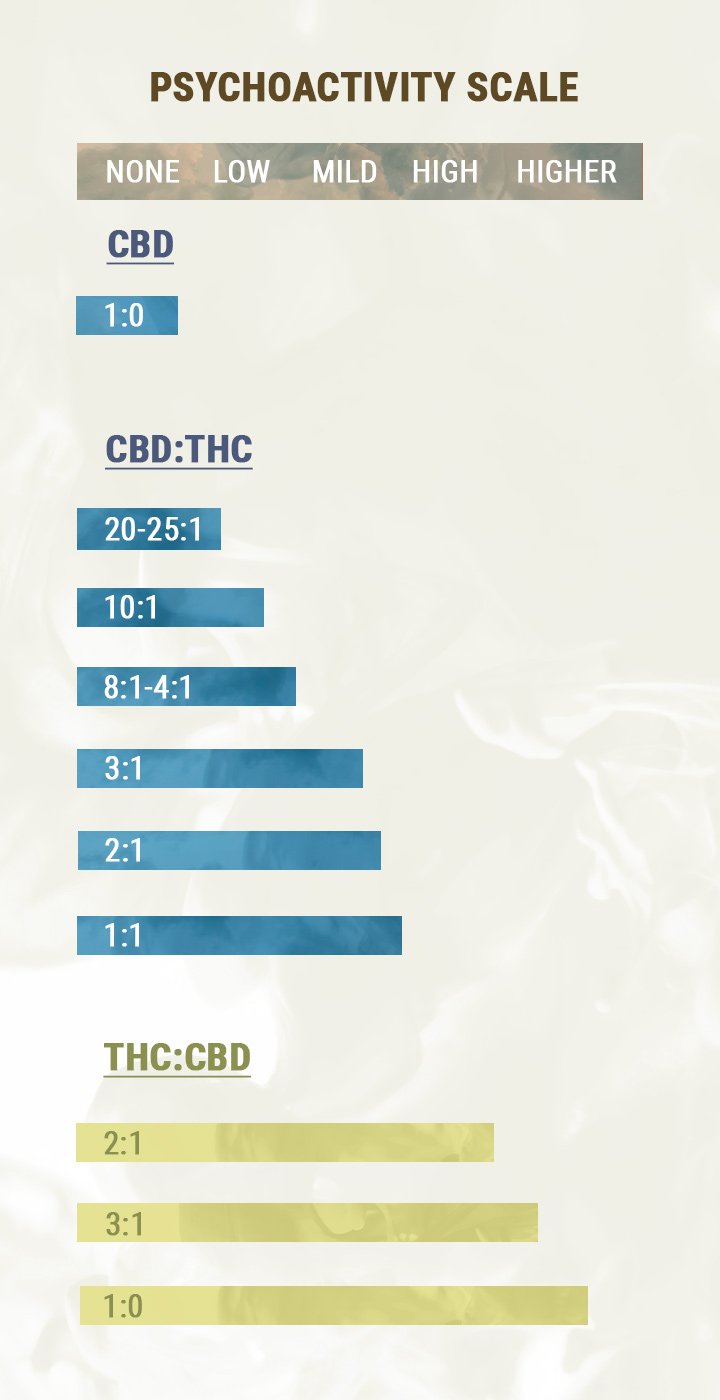
CBD:THC — 1:1
The perfect balance. A 1:1 extract or strain provides equal parts THC and CBD. Users will experience an obvious psychoactive effect, but adequate amounts of CBD will lessen the impact. Feelings of paranoia are less likely.
CBD:THC — 2:1
Twice the amount of CBD doubles down on the lucid effect. Users will experience a light high, but not enough to feel overwhelmed or intoxicated. The CBD blocks most of the negative effects of THC, leaving users feeling creative and uplifted.
CBD:THC — 8:1
These strains and extracts provide only a light high, if any. While THC’s effects may be apparent, they won’t interrupt productivity or functionality. This ratio is great for daytime use.
CBD:THC — 20:1
Sky-high levels of CBD alongside almost no THC makes these products perfect for first-time cannabis users. Users won't experience a high, but small levels of THC might contribute to an entourage effect.
CBD:THC — 1:0
Enjoy the full effects of CBD without any THC at all. Great for users looking to avoid any psychoactive effect, and for those subject to drug tests.
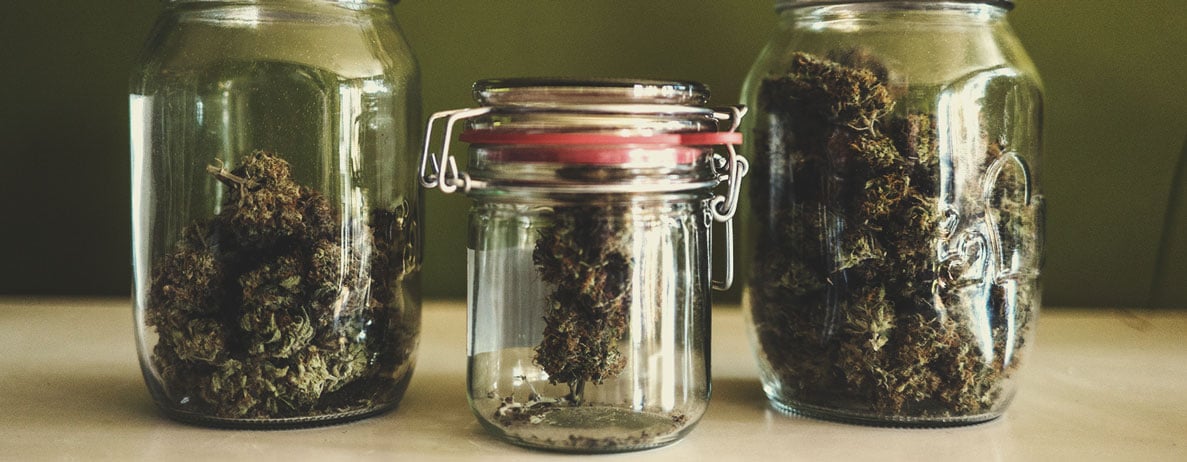
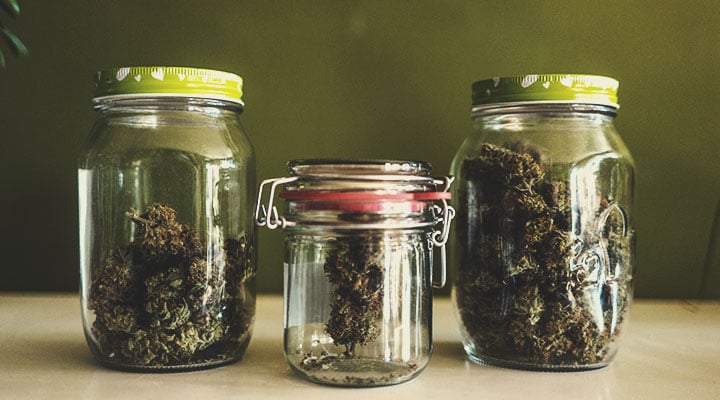
The Effects of Different Cannabinoid Profiles
The unique cannabinoid profile of each cannabis variety has a distinct effect when smoked or otherwise consumed. Upon experimenting with multiple strains with different ratios of THC and CBD, you’ll find that different cultivars make you feel different ways. To steer you in the right direction, in what follows we break down what you can expect from different types of cannabinoid profiles.
-
You’re Less Likely to Become Overwhelmed With High-CBD and 1:1 Strains
Whereas some cannabis users can handle high quantities of THC with ease, others have a harder time with the cannabinoid. If you’re prone to feeling anxious and overwhelmed, you should consider a cultivar containing equal parts THC and CBD. Most of these varieties contain moderate levels of THC to begin with, and the addition of CBD helps to curtail the effects of the psychoactive cannabinoid at the CB1 receptor. Royal Highness serves as a perfect example of a 1:1 CBD:THC variety.
-
You’ll Dodge the Munchies With High-CBD Varieties
Varieties packed with CBD and only trace levels of THC will help you to avoid the munchies. You’ll still experience a clear-headed and pleasant effect, but without the need to raid the fridge. By activating the CB1 receptor, THC causes a spike in appetite that most cannabis users are all too familiar with. However, because CBD interacts with this receptor in a different way, it doesn’t trigger an irresistible need for food. An example of a strain that’s high in CBD but contains almost no THC is Tatanka Pure CBD.
-
You’re Less Likely to Get Red Eyes From High-CBD Strains
THC causes vasodilation, a fancy term that describes the widening of blood vessels, resulting in increased blood flow and a temporary drop in blood pressure. This effect also impacts the blood vessels in the eye. As more blood flows into these capillaries, the eyes take on a red appearance. While rarely an issue when smoking at home, red eyes make it obvious to colleagues and family that you’ve been blazing. To dodge red eyes during the day, opt for high-CBD varieties like Joanne’s CBD.
-
You’re Less Likely to Feel Dizzy and Faint With High-CBD Varieties
An acute decrease in blood pressure at the hands of THC doesn’t just cause red eyes; it can also trigger fainting and dizziness in some users. If you experience these sensations after a joint hit or bong bowl, consider switching to a high-CBD variety such as Purplematic CBD. With that said, CBD can cause side effects such as drowsiness and fatigue in a minority of people.
-
CBD Strains Have Less of an Impact on Sleep
Researchers are finding that short-term high-THC cannabis use reduces the amount of time we spend in REM sleep (the part of the sleep cycle that we spend dreaming). On top of this, long-term use of THC may lead to less sleep overall[7], less time in deep sleep, and frequent awakening in some people. If you’re experiencing such difficulties, you might want to switch to high-CBD cultivars, especially in the evening. Ongoing studies are probing the cannabinoid to see if it can help with insomnia[8] and other sleep issues.
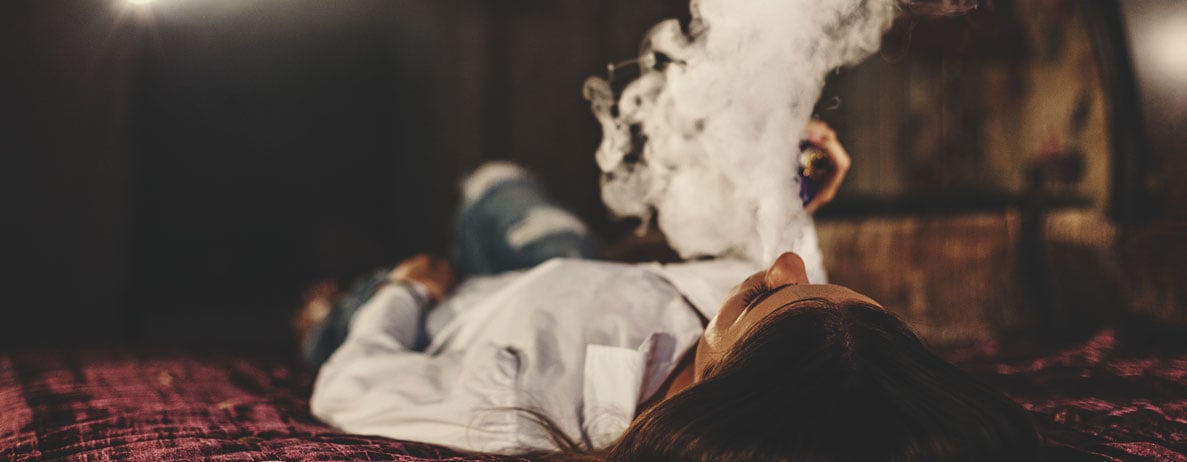
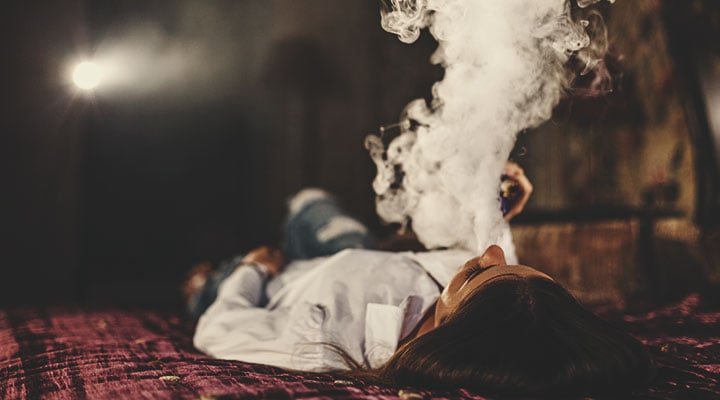
-
Opt for High-THC Cultivars if You Love That Couchlock Sensation
What’s your favourite type of high? Many cannabis users seek stimulating experiences, whereas others desire the “couch-locking” effect offered by stoning strains. If you want to achieve the latter, you’ll need to opt for high-THC varieties that also pack a good amount of relaxing terpenes, such as myrcene. A good strain for the job? Look no further than Green Gelato.
-
1:1 Strains Are Less Likely to Impair Your Memory
It’s no secret that smoking high-THC cannabis impacts short-term memory. You’ve likely experienced it, whether you found yourself losing your words in the middle of a sentence or forgetting why you wandered into the kitchen while stoned. These odd events occur because of how THC impacts activity in the hippocampus, an area of the brain involved in memory processing. To reduce the chances of short-term memory impairment, choose 1:1 strains that include CBD to buffer the psychoactive effect of THC.
-
Balanced or High-THC Strains Are More Likely to Make You Giggle
Giggles are one of the best parts of being high. You can’t beat those moments when the room erupts with laughter for almost no reason whatsoever. To access these moments of euphoria, you’ll need to invite THC to the party. Balanced CBD:THC strains will get you part-way there, but high-THC titans such as Royal Gorilla will really get the job done.
-
You’re More Likely to Experience Cotton Mouth With High-THC Strains
Cotton mouth gets annoying, especially if you use cannabis often. However, most cannabis users are prepared for this familiar side effect with bottles of water and glasses of juice. Now that you know how widespread the effects of THC are in the body, it shouldn’t surprise you to discover that it also influences saliva production. The cannabinoid achieves this by binding to receptors in regions of the brain responsible for sending signals that prompt saliva production.
-
High-THC Strains Help to Unlock Creativity
Innumerable musicians, artists, and writers credit cannabis for inspiring some of their best work. However, almost all of them were using high-THC buds—not CBD. If you want to release some pent-up creativity as you pursue your next project, blaze some THC-rich buds filled with energetic terpenes; we recommend Shogun.
Does CBD Counteract THC?
Although the research can be conflicting, it does appear that CBD counteracts some of the psychoactive effects of THC. However, the two molecules appear to work in harmony rather than in conflict, offering a more pleasant experience as a result. Future research will determine just how effective this relationship is—and why.
- Cannabidiol Reduces the Anxiety Induced by Simulated Public Speaking in Treatment-Naïve Social Phobia Patients | Neuropsychopharmacology https://www.nature.com
- Cannabinoids inhibit human keratinocyte proliferation through a non-CB1/CB2 mechanism and have a potential therapeutic value in the treatment of psoriasis - ScienceDirect https://www.sciencedirect.com
- Cannabidiol (CBD) and its analogs: a review of their effects on inflammation - ScienceDirect https://www.sciencedirect.com
- Cannabidiol is a negative allosteric modulator of the cannabinoid CB1 receptor https://www.ncbi.nlm.nih.gov
- SAGE Journals: Your gateway to world-class journal research https://journals.sagepub.com
- Multicenter, Double-Blind, Randomized, Placebo-Controlled, Parallel-Group Study of the Efficacy, Safety, and Tolerability of THC:CBD Extract and THC Extract in Patients with Intractable Cancer-Related Pain - ScienceDirect https://www.sciencedirect.com
- Using Marijuana As A Sleep Aid https://www.sleepfoundation.org
- CBD as a Sleep Aid https://www.sleepfoundation.org


























